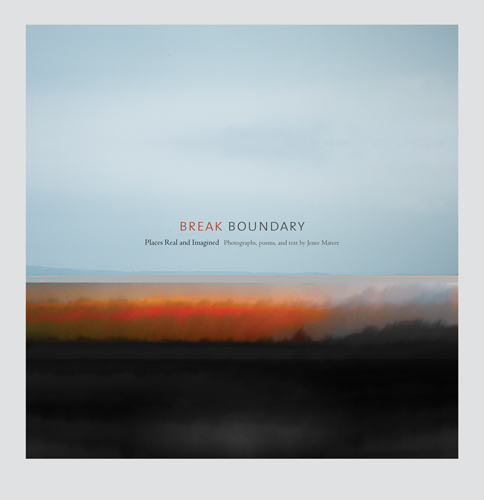
| |
 |
Break Boundary: Places Real and Imagined Like Rothko's paintings, Mateer's photographs make lasting impressions! A "break boundary" refers to the transformative point at which any system suddenly and irrevocably changes from its original state into something new. The term, first coined by Kenneth E. Boulding in 1963, serves as the underlying metaphor for the pioneering photographs of Jenee Mateer, who was also inspired by the paintings of Mark Rothko and photographic seascapes of Hiroshi Sugimoto to create works of art that challenge traditional understandings of landscape and photography. In Mateer's artworks, the horizon that divides water and land from sky shifts and grows and merges, producing a surreal interaction of natural elements with striking bands of colors that transform lakes, streams, and the ocean into imaginative places, both real and imagined. These layered photographs in turn suggest places where light and composition transform water, land, and sky into rhythmic patterns of shimmering opalescence and luscious colors that suggest the spirit of a place unconstrained by descriptive form. Break Boundary features 34 of Mateer's masterful creations. As Francine Weiss writes in her conclusion: "From surface to self, Jenee Mateer takes the viewer on a journey from one psychological and spiritual state to another. In Mateer's waterscapes, the conventional or anticipated boundaries between land, water, and sky begin to vanish; horizons multiply and join: and the break boundary emerges." Like Rothko's paintings, Mateer's photographs make lasting impressions.
|
$40.00 U.S. (trade discount) No e-book has been authorized. Published in October 2018 Published in association with the American Land Publishing Project Distributed by Casemate/IPM Book Events & Exhibitions: October 18 - November 30, 2018
|